Walking through the streets of Lisbon, it is noticeable that many houses’ facades do not have the usual look, but are decorated with beautiful tiles.
What we have found exploring the city were not only houses with tiled facades but also beautiful pictures made from tiles. So we read up on the tapestry in Lisbon.
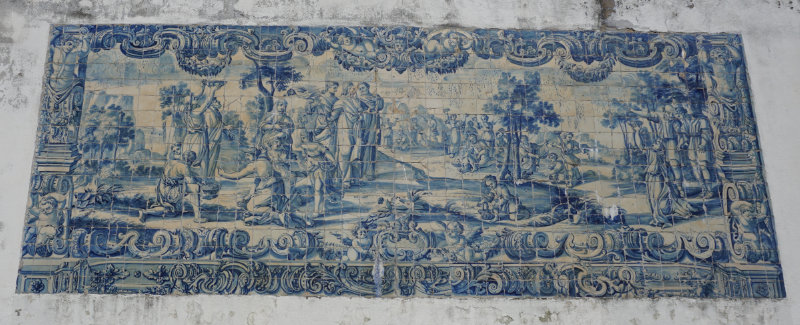
History of tiled art in Lisbon
“Azulejo” is the Portuguese word for a picture made of square, painted and glazed ceramic tiles. Originally, this art stems from Spain and Portugal. The name Azulejo is derived from Arabic and means faience or tile work. The technique of glazing is from the Persian region. The Moors brought this technique to Spain and Portugal when they occupied large parts of the country during the Middle Ages. Therefore, traditional ornaments of Islamic art are often found on the tiles.

The Artisans then took over the technique of tile making and continued to develop tile art in Lisbon. In the 12th and 13th century this art form was mainly produced in Granada, in the 14th century, Valencia was famous for its tile art. Today the tile production is mainly located in Portugal. Whoever wants to determine today whether the ornament consists of old or new tiles has to look for clues carefully. Old tiles are always chipped in three specific spots, where their “spacers” have been. When the tiles were burnt, they were stacked on top of each other. In order to keep them apart, they had small “feet” as spacers. This changed in the 16th century. The tiles were placed in mounts for burning.

In architecture, the tiles are mainly used as decorative elements. You can find them not only in the interiors of churches and palaces. The tiles were also used for external facades. They are not only weatherproof and have an insulating effect, but have mainly served to create artistic features.
What we discovered
Many houses have been decorated with tiles. Simple blue / white graphic motifs can be found, but also much more colourful tiles, which give the facades of the houses a distinct look.
If you look closely, you will find tiles with house numbers, symbols or street signs, mostly in the form of small pictures.
I especially liked the pictures we discovered at different places in the city. From many individual tiles, artists have created truly unique images. Traditional motifs in simplistic blue and white or multicoloured pictures, which you find for example in the metro station Oriente, the variety seems huge.







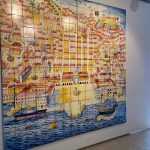


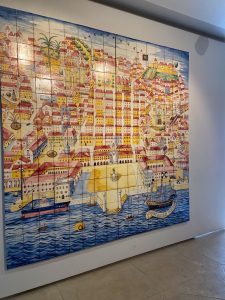











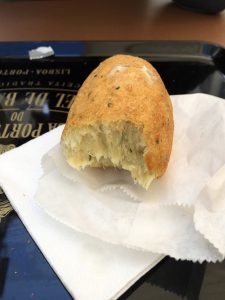











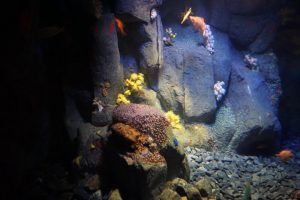
Leave a Reply